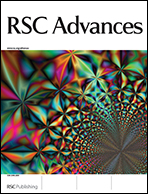We use first-principles calculations to investigate the geometric structure, energetics and electronic properties of silicon cluster/carbon nanotube (Si/CNT) hybrid nanostructures with potential application as Li-ion battery anodes. The effects of the main components (i.e. Si cluster, CNT support and linker) on the properties of hybrid system, such as morphology, interfacial bonding and electronic structure have been systematically evaluated. After comparing several functional groups, it has been shown that the functionalization of CNT not only increases the binding strength between Si clusters and CNT by 3 times under normal conditions, but also greatly contributes to the stability of hybrid material during lithiation. Importantly, we have shown that Li insertion leads to the weakening of Si/CNT interface, which could be one of the key reasons for the experimentally observed capacity fade in hybrid Si/CNT anodes. The structural integrity of Si/CNT nanostructure could be improved after the functionalization of CNT surface, potentially leading to the longer cycle life of the hybrid anode. Our results support recent experimental findings and reveal the importance of interface engineering in the design of hybrid nanostructures for various applications.

You have access to this article
 Please wait while we load your content...
Something went wrong. Try again?
Please wait while we load your content...
Something went wrong. Try again?


 Please wait while we load your content...
Please wait while we load your content...